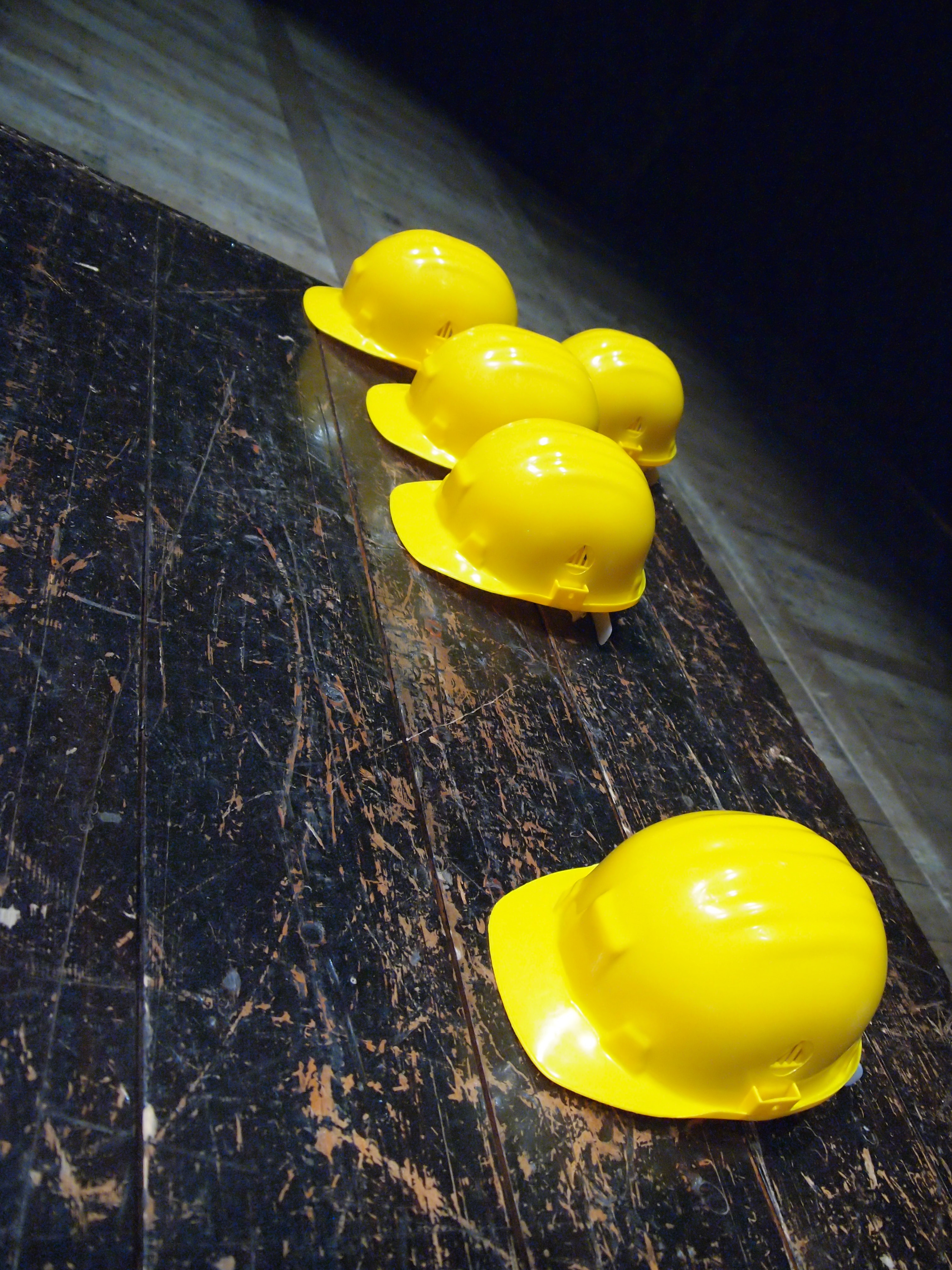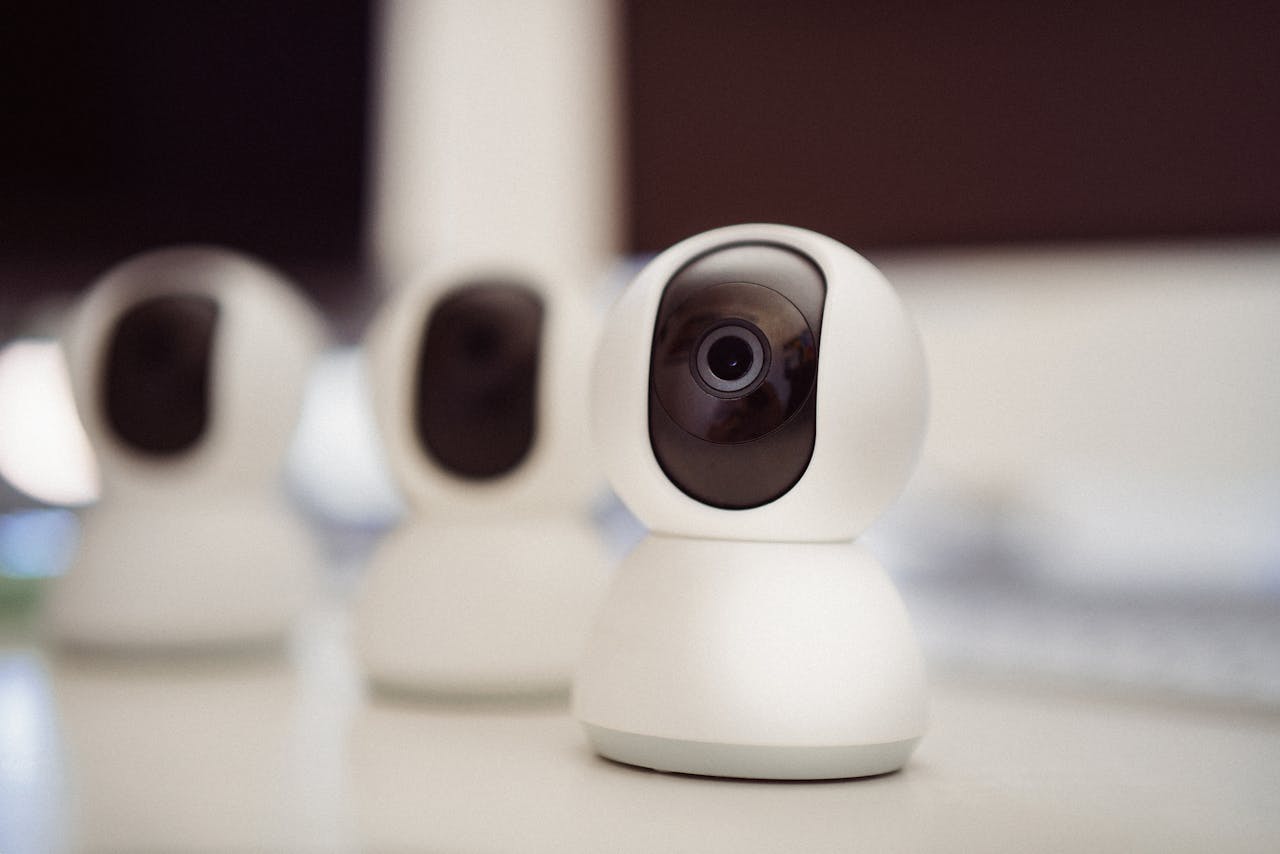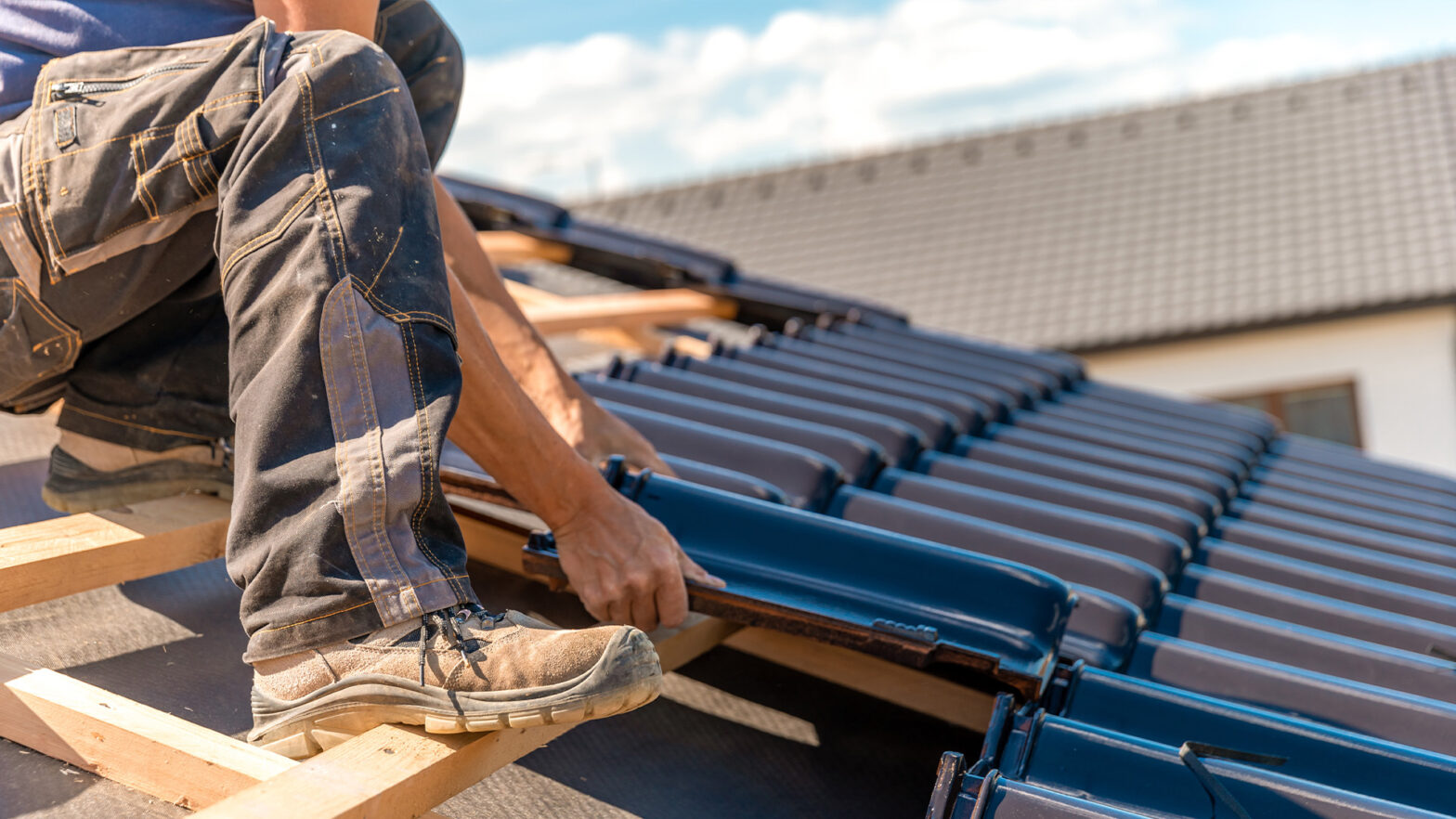Today’s home-renovation scene is buzzing with smart-home upgrades, but none carry the weight of a decision about security. New flooring can always wait; protection cannot. Whether you are gutting a century-old bungalow or adding an extension to a modern ranch, you want the moment construction dust settles to be the very same moment your family, pets, and favorite belongings are shielded. That means thinking about cameras, sensors, and—most critically—who is watching those devices—before the drywall even goes up.
Yet simply stapling up a few Wi-Fi cameras and hoping a push notification wakes you at 3 a.m. no longer feels adequate. Criminals have learned to hide their faces, jam signals, or slip away long before police cars arrive. What you need during a major renovation is a surveillance approach that behaves like a digital guard, alert from day one of construction and still vigilant ten years after the paint dries.
The New Reality of Home Surveillance
Pause for a moment and picture the typical break-in: a dark figure creeping around a property, searching for a back-door camera they can disable. In many neighborhoods, that scene has flipped. Would-be intruders now assume cameras are present; what surprises them is a trained person speaking through a two-way speaker, announcing that police have already been dispatched. Live surveillance adds that unexpected human element.
Several factors have accelerated its rise. Remote work has kept more expensive electronics (laptops, tablets, microphones) at home full-time, increasing potential loot. Package deliveries pile up daily on porches. Meanwhile, social-media posts inadvertently broadcast renovation timelines—“Kitchen demo starts Monday!”—tipping off opportunists when walls are open and doors are propped ajar. A recent doorbell camera vulnerability report underscores how bargain devices can also become attack vectors, reminding renovators that hardware quality matters as much as placement.
Add to this the sobering statistic that most burglaries still occur between 10 a.m. and 3 p.m., exactly when crews are running to the hardware store or taking lunch. Traditional motion-alert cameras send an endless string of pings that homeowners learn to ignore. Live monitoring services filter that noise, letting a real guard verify genuine threats and react instantly. Think of it as replacing a smoke detector’s shrill alarm with an on-site firefighter who can pull the hose before flames spread. That shift—from passive alert to proactive defense—is reshaping renovation planning across the country.
How Live Monitoring Works From Day One
Live surveillance systems weave together hardware you can see and people you rarely do. Cameras with wide dynamic range and infrared lighting are mounted around the construction perimeter, capturing clear footage day or night. They stream to a secure hub, but the real magic happens in the command center. There, professional agents watch multiple feeds simultaneously, aided by AI that flags unusual behavior—a ladder moved after hours, a figure loitering near the garage.
When the software draws a ring around potential trouble, a human steps in within seconds. If the activity is harmless, the agent discards the alert. Should danger appear real, the guard delivers a stern audio challenge through on-site speakers: “This area is under live surveillance. Leave immediately or the police will be called.” Most trespassers bolt. If they linger, agents provide dispatchers with real-time details—clothing color, vehicle description, location on property—shaving precious minutes off police response.
Because these cameras connect over PoE cables or secure wireless mesh, you can install them while stud walls are still exposed. Electricians simply leave outlets or junction boxes where hubs will live permanently, avoiding the clumsy tangle of extension cords that plague temporary job-site cameras. By the day your new locks click shut, the monitoring team already knows your layout and blind spots. Their familiarity becomes its own layer of deterrence.
Key Features to Weigh During Renovation Planning
Trying to compare surveillance brands while juggling tile samples and lighting plans might feel like assembling a jigsaw in a windstorm. Focus on a handful of criteria and decisions snap into place.
- Human verification speed: Aim for services that promise agent review within 10–15 seconds rather than “as soon as possible.”
- Speaker deterrence quality: Look for clear, authoritative audio that will carry across a noisy site.
- Night-vision clarity: Infrared LEDs should illuminate at least 60 feet without washing out faces—recent outdoor camera performance benchmarks show how few budget models truly reach that mark.
- Network resilience: Hard-wired PoE lines or cellular backup protect against Wi-Fi outages.
- Data privacy: Footage should live on encrypted servers with multi-factor authentication for user logins.
Renovators also debate whether to buy hardware outright or lease it. Purchasing gives long-term cost control, while subscriptions often bundle equipment upgrades every few years. Ask contractors to leave extra conduit paths so future cabling updates won’t require punching new holes—your tomorrow-self will thank you. Finally, verify the monitoring center is U.S.-based and staffed 24/7, including holidays when construction sites sit empty but tools remain tempting.
Installation Considerations: Building Security Into Your Blueprint
Imagine watching the sunrise pour through fresh picture windows while woodpeckers tap in the distance—scene-setting moments that sell a home’s charm. Unfortunately, those same windows create vantage points for scouting valuables. During framing, walk the perimeter with both your architect and security provider. Where can a camera catch a full view of the driveway without glare? Which soffit offers power and a discrete mounting angle? Small choices now prevent costly retrofits later.
Mount cameras at varied heights: one near eye level to capture faces, another higher to survey larger zones. Keep hubs and recorders in locked utility closets, not in an accessible attic crawlspace where intruders could yank cables. Encryption should wrap the stored video end-to-end; camera data verification breakthroughs show how embedded metadata can now prove that footage hasn’t been tampered with—a crucial benefit when insurance adjusters or police request evidence.
If you are adding smart lighting or motorized shades, tie those systems to your surveillance schedule. Lights that snap on when an agent issues a voice challenge underscore that a human is truly present, not just an automated script. Consider trenching for Ethernet along fence lines before landscaping begins; once sod is laid, nobody wants to dig again. Treat cameras like windows—architectural elements whose placement influences both aesthetics and safety.
Comparing Service Models: From Reactive Alerts to Proactive Intervention
The security market divides roughly into three camps. First are self-monitored cameras that ping your phone. They are inexpensive, but you shoulder every alert, sprinting from conference calls to check if that shadow is a cat or a crook. Second sit traditional alarm companies, which trigger a siren after a door or motion sensor trips; if you don’t answer your phone, they may call police with scant details.
Third—and fastest-growing—are live-monitored systems. One common search during renovation research is for stealth monitoring alternatives. Homeowners discover that not all live services perform identically.
Beyond jammers and cut cables, security camera hacking risks highlight how attackers can compromise footage remotely, making rapid human verification as important as sturdy hardware. Compare turnaround time from motion detection to human engagement, the training guards receive, and whether footage is recorded locally or exclusively in the cloud. Scrutinize contract length; a three-year agreement might outlast your enthusiasm if service disappoints.
Budget also matters, but view cost through the lens of risk. A single theft of copper piping can delay construction by weeks and inflate insurance premiums. If a monitoring team stops that before it starts, subscription fees feel like paying for peace rather than penance. Evaluate how each provider documents incidents—written reports with timestamps make insurance claims far smoother than fuzzy screenshots texted after the fact.
Future-Proofing: Scalability, Updates, and Cost Over Time
Technology seasons faster than a bowl of fresh fruit; what feels cutting-edge today may wilt in three years. Choose cameras with modular design—interchangeable lenses, firmware updates, and open APIs that integrate with emerging smart-home hubs. Industry watchers predict emerging smart home upgrades that will make today’s flexible cameras feel modest, so look for systems with upgrade paths rather than hard ceilings. Ask providers how often they push security patches and whether those updates require a technician visit or occur automatically overnight.
Your household’s needs will evolve, too. A nursery today could become a music studio buzzing with expensive gear tomorrow. Select systems that allow adding new zones without forklift upgrades—just another PoE run and a license in the monitoring dashboard.
Finally, clarify ownership of your data. If you switch providers, can you export archived clips? Are there storage-tier options so you do not pay for 90 days of retention if 30 days suffice? Transparent answers signal a company that plans to stick around. Think of it like planting a young oak during landscaping: roots should spread, the trunk should strengthen, and you should still admire it decades later without fearing it will topple onto your roof.
Conclusion
Renovation is an act of optimism—an affirmation that your home’s future will be brighter than its past. Embedding live monitored security during that transformation ensures the structure you unveil is not only beautiful but resilient. Rather than reacting to break-ins after drywall repair bills arrive, you hand responsibility to professionals who watch over your investment the moment tools hit the driveway.
When the final paint stroke dries and friends gather for the big reveal, you will barely notice the slim cameras tucked under eaves or the silent hub blinking behind a closet door. But should trouble ever approach, a calm human voice will cut through the night, and the home you built will stand its ground.




























